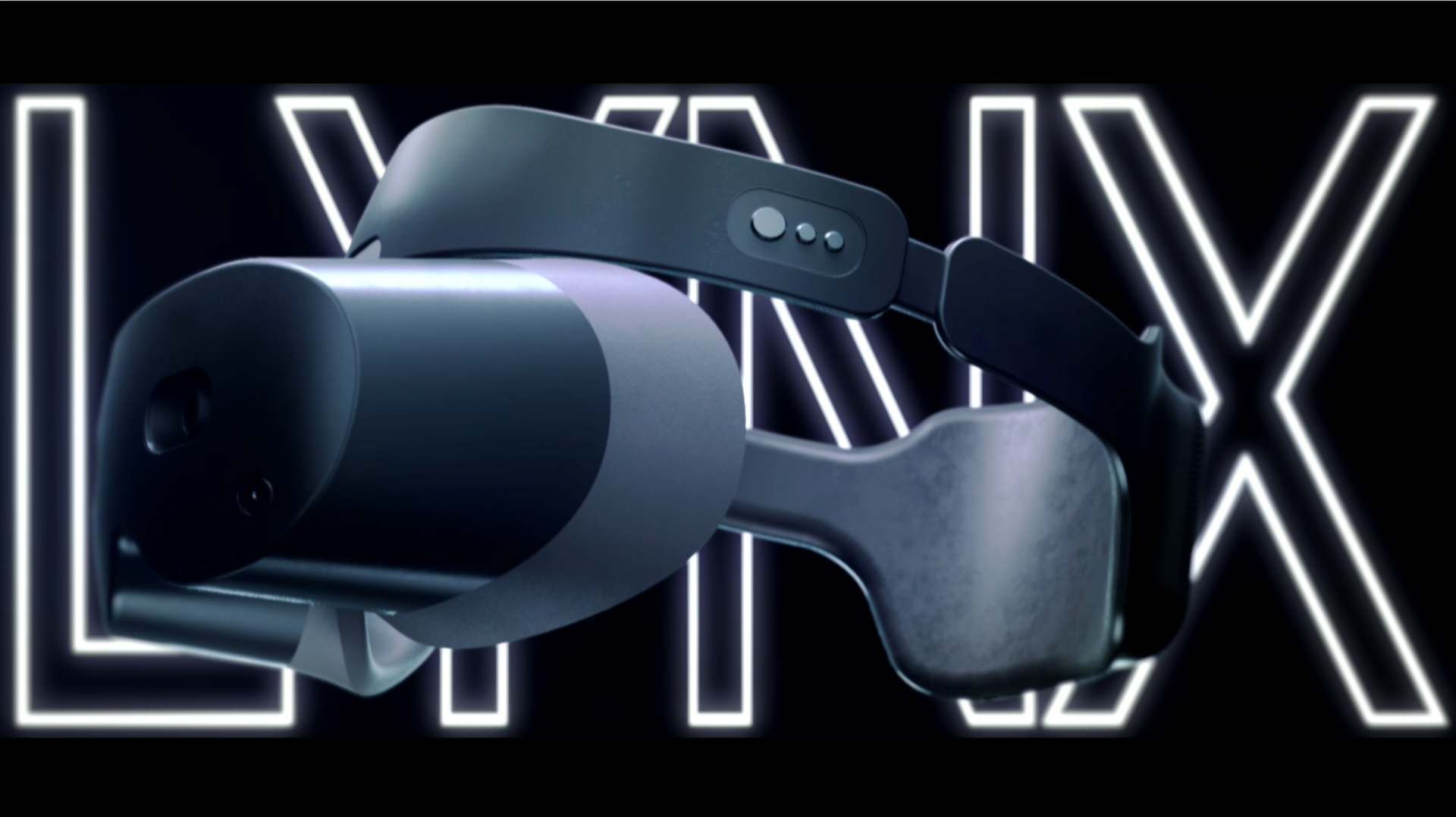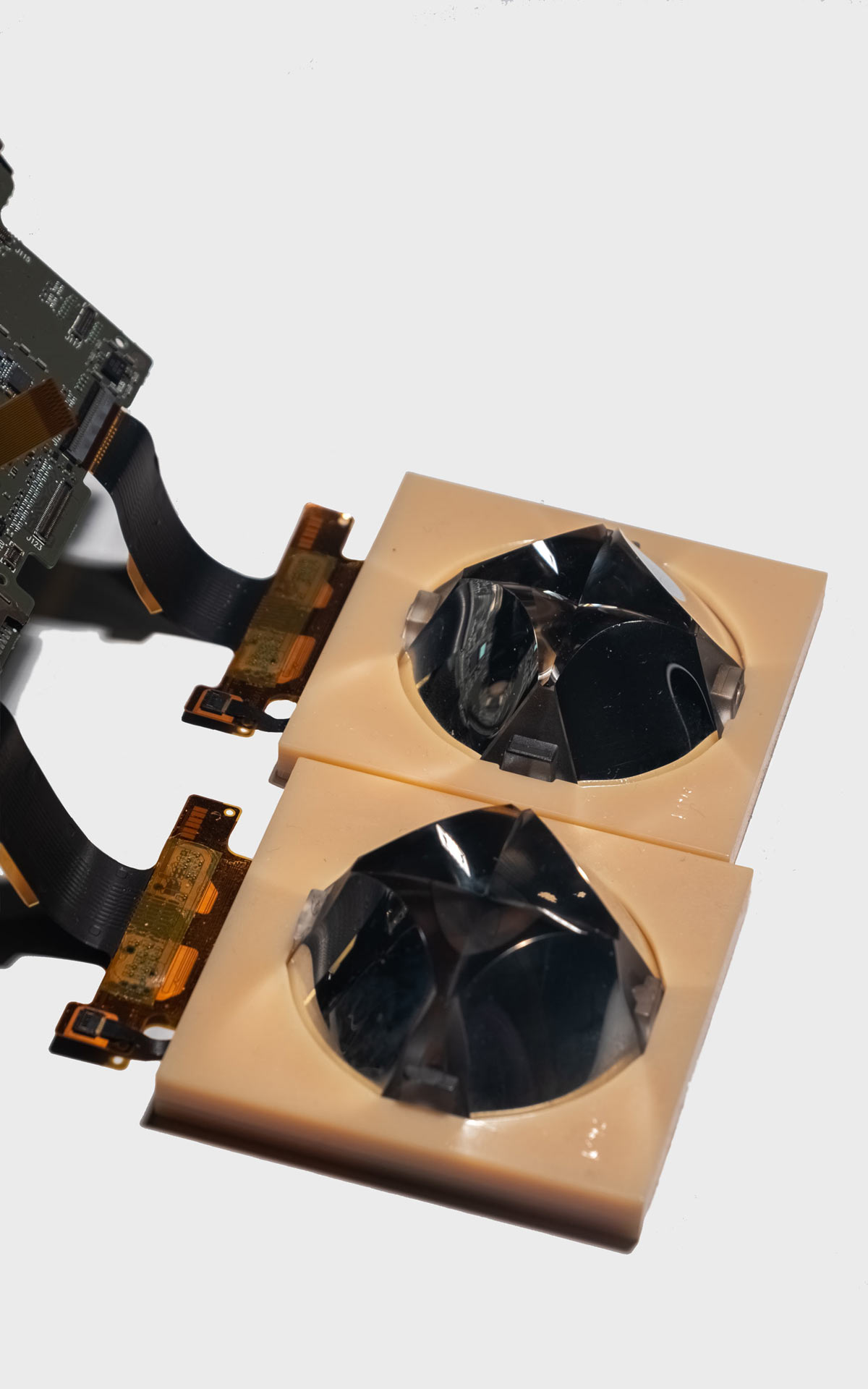French startup LYNX today revealed the R-1, a standalone VR headset built for pass-through AR and powered by Qualcomm’s new Snapdragon XR2 chip. The enterprise-focused headset uses a novel lens design which makes it compact.
Lynx is a new player in the XR category; the small startup today revealed its first headset, the enterprise-focused Lynx R-1. Though it uses occluded displays (like a VR headset), the company says the R-1 is designed for pass-through augmented reality—with the capacity for both VR and AR in a single device, we’re calling this a mixed reality headset.
According to the company, the Lynx R-1 is set to release this summer, priced at $1,500.

The R-1 is one of the first products announced with Qualcomm’s powerful new Snapdragon XR2 chip, making it a self-contained standalone MR headset with inside-out tracking. Taking advantage of XR2’s support for many cameras, Lynx has equipped with the R-1 with six cameras: two B&W positional tracking (B&W), two for pass-through AR (RGB), and two for eye-tracking (IR).
The R-1 also uses a unique lens design which Lynx describes as a “4 fold catadioptric freeform prism.” From photos, the novel lens (while itself bulky) appears to allow the display to be very close to the lens, potentially making the headset notably more compact than headsets with more simple lenses (like Quest and Vive Cosmos).
The headset has one LCD display for each eye, with a resolution of 1,600 × 1,600 and a refresh rate of 90Hz. The company claims a 90 degree field of view and 18 pixels-per degree.
The specs shared by Lynx include integrated audio, controller-free hand-tracking, eye-tracking, 6GB of RAM, 128GB of storage, WiFi 6 (802.11ax), Bluetooth 5.0, and a USB type-C port. The company claims 2 hours of “active use” battery life.

Lynx is targeting medical, military, and industrial use-cases, among others. As a standalone headset, we expect the R-1 will use an Android-based foundation, but it isn’t clear exactly what the OS environment on top will look like, and whether or not the company intends to build its own software distribution platform and storefront for the headset.
Check out the company’s reveal video below to see more of Lynx:

